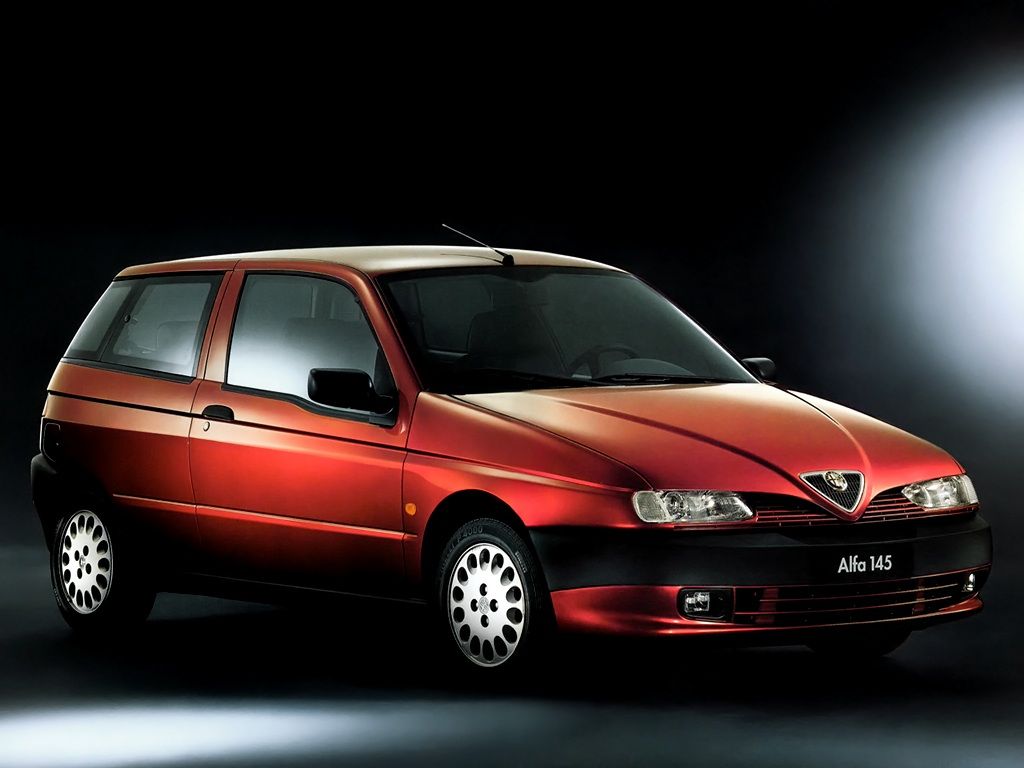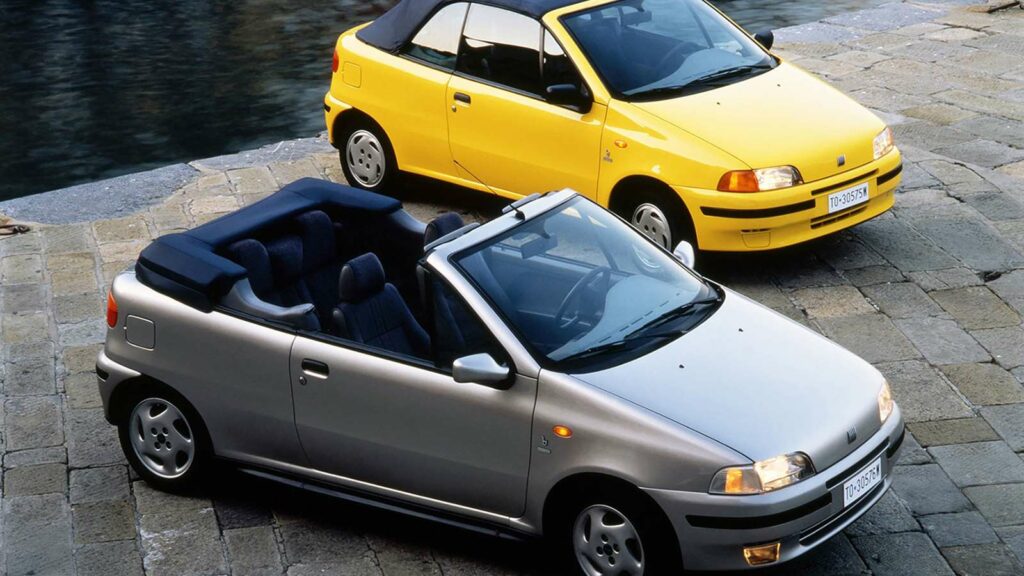In 1994, Sony launched the first Playstation video game console in Japan. Brazil became four-time World Cup champions in football. Michael Schumacher won his first Formula 1 championship. And in Portugal, one of the most tense events of the decade was taking place, the “buzinão” on the 25 de Abril Bridge, protesting against the increase in tolls from 100 to 150 escudos.
It was also the year of the release of several important models that, in 2024, will achieve the special status of historic vehicles.
Yes, 30 years have passed in a flash…
Alfa Romeo 145
The 145 repositioned Alfa Romeo in Europe. Launched in July 1994, in a stylish three-door body (the 146, with five doors, was released the following year, with the signature style of Ermanno Cressoni, creator of the beautiful Alfetta and the first Alfa 33, among others, based on the technical architecture of the Fiat Tipo, extensively modified to allow the use of longitudinally mounted engines from the 33. The most exclusive version of the 145 was equipped with the 2.0 Twin Spark engine, delivering 150 hp.

Peugeot 306 Cabriolet
In February 1993, the Peugeot 306 was launched, replacing the top-of-the-range versions of the 205 and 309. Produced and assembled until 2002 in no less than nine factories around the world, it became a best-seller in its category. Available in 1993 in three- and five-door versions, its range was later enriched, in 1994, with a four-door version and an elegant convertible. Designed and built by Pininfarina, the latter was elected the “Most Beautiful Convertible of the Year” at the Geneva Motor Show in 1994, and “Convertible of the Year” four years later.

Audi A4
30 years ago, Audi changed its nomenclatures and the 80 became the first A4 (the 100 gave rise to the A6, for example). The first Audi A4 used the new B5 (PL45) platform, with a wide range of engines, ranging from the sober 1.6 with 101 hp to the powerful 2.8-liter V6 with 174 hp. The sporty S4 and RS 4 would come later, as would the estate version. With 1.7 million units produced in seven years, the A4 was a success.

BMW Serie 3 Compact
The Bavarian brand intended to name this model as the BMW Compact, but when it hit the market in April 1994, it was clear that it was a 3 Series. The model measured 4.21 meters in length, with a wheelbase of 2.70 meters, just like the sedan. In the used car market, the 323ti version with a 170 hp six-cylinder engine is highly sought after.

Fiat Coupé
Designed by Chris Bangle (responsible for the radical change in BMW’s styling language) during his time at the Italian brand, the Fiat Coupé, which was produced between 1994 and 2000, was sold with an interior painted in the body color. In the top version, it had a turbocharged five-cylinder 2.0-liter engine, delivering 220 hp. Pininfarina manufactured 72,762 units of this affordable coupe.

Fiat Punto Cabrio
Designed by Giugiaro and built by Bertone in Grugliasco, Italy, the convertible version of the popular Fiat Punto was launched in April 1994.

Opel Tigra
The Opel Tigra A made its debut at the Frankfurt Motor Show in 1993, but the production version only hit the market a year later, based on the rolling chassis of the Corsa B, with an additional 20 centimeters in length (total of 3.92 meters) and the same 2.43 meters wheelbase.








